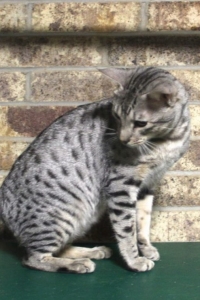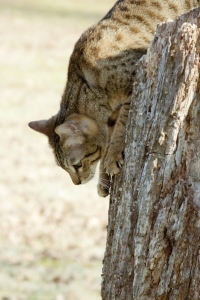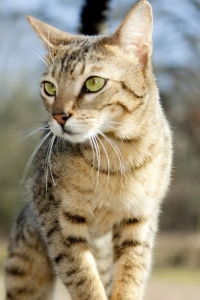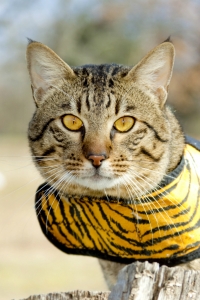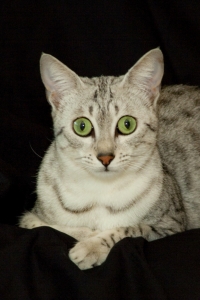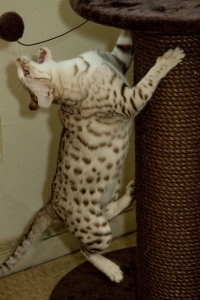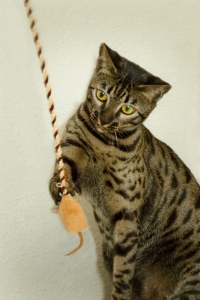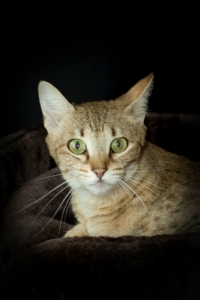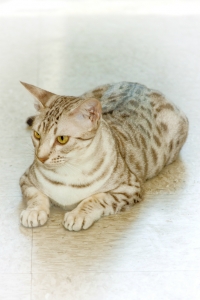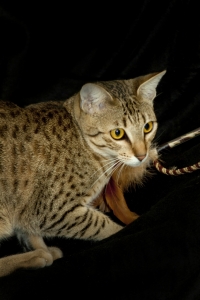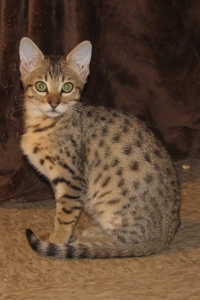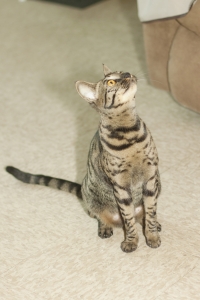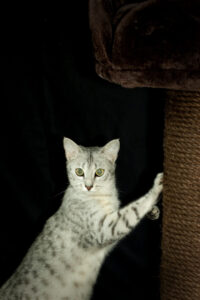
Queens vary in age when they first come into heat. Longhair breeds are not sexually mature until about 10 months of age a while a high percentage of Siamese females begin maturity at 5 months of age. Unless there is a definite plan for the kittens all female cats should be spayed at 5-6 months of age. When the age of the female is unknown a good guide is a weight of 5 pounds.
Cats are seasonally polyestrous. This means they will have repeated heat cycles over a year unless they are bred. Heat cycles are influenced by seasons. Where you live determines the season for you cat.
- The mating season in the northern hemisphere is from March to September.
- The mating season in the southern hemisphere is from October to March
Factors determining the mating season
- Length of daylight – 12 hours of daylight stimulates hormonal system is activated
- Environmental temperature
- Presence of other cats
Throughout the breeding season, queens go into and out of heat several times, but do not always display estrous behavior at regular intervals. They often have continuous heat cycles in early spring an average of 14 to 21 days between the beginning of one cycle and the beginning of the next. Follow by cycles further apart. Each Queen established her own normal Rhythm.
Given that cats are considered to be mainly induced ovulators. The physical act of mating leads to ovulation, a cat will continue to cycle unless bred or the daylight factor takes over. In summation, there are individual variances of estrous cycling from queen to queen.
Behaviors of Female cat in estrus.
- Increase appetite and restlessness
- Short, low calls that become louder, more frequent end up becoming almost constant.
- Show more affection for people than ever before.
- Weave in and out of the person’s legs.
- She rubs up to the person
- Shakes her pelvic
- Urine marks around the house
- Rolls around on the floor, if picked up when rolling she may grab the arm off even bite
- As the urge to mate takes hold, her cries become alarming and resemble those of an ailing animal. This Call attracts toms.
To determine if your queen is receptive to mating, hold her by the scruff of the neck and stroke her down the back toward the base of her bottom. If she is in estrus, she will raise her hind limbs, move her tail to the side, and walk up and down with her hind feet.

